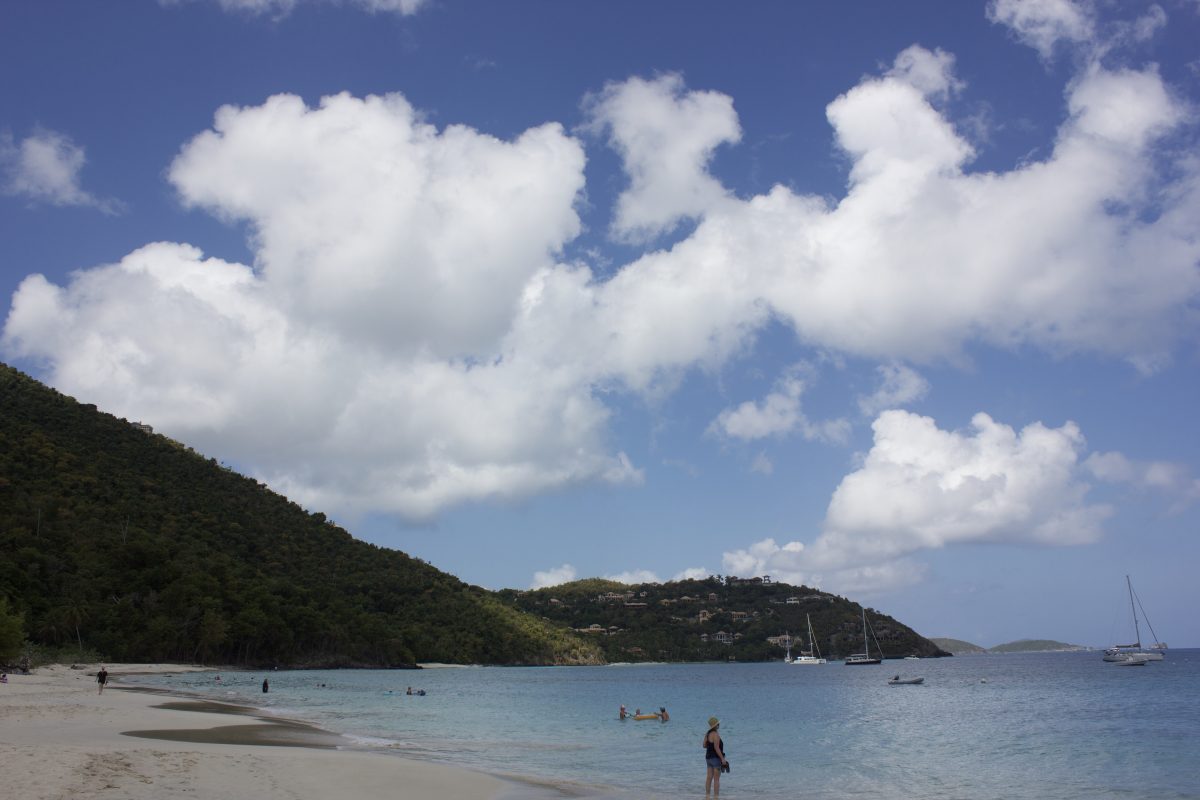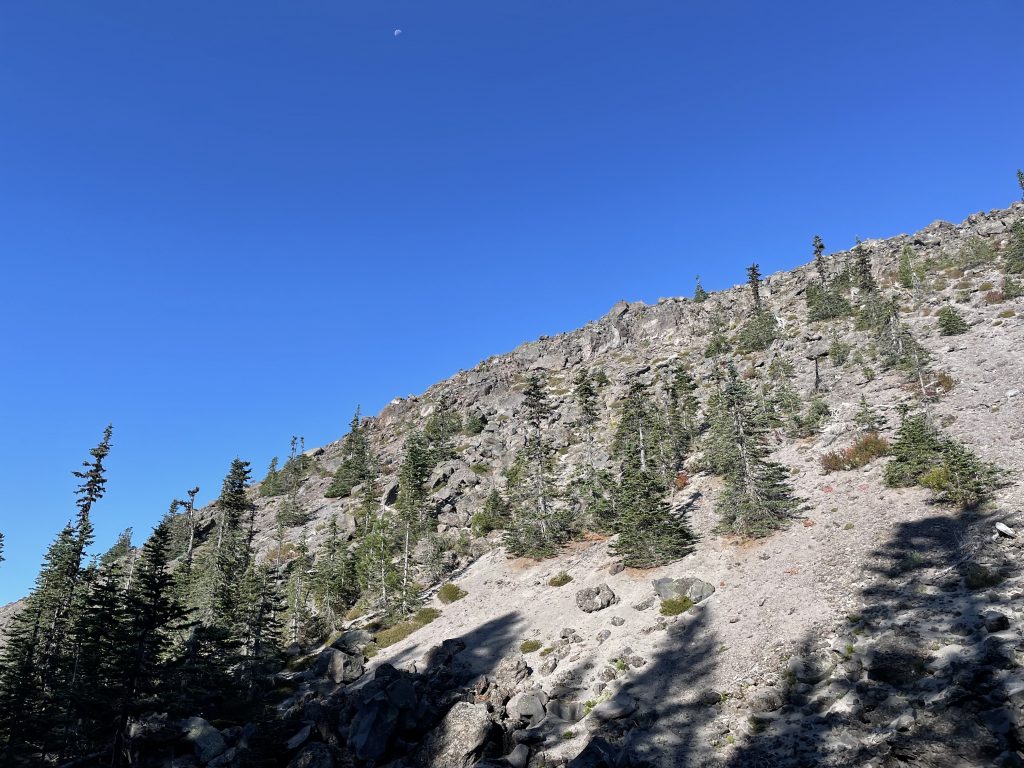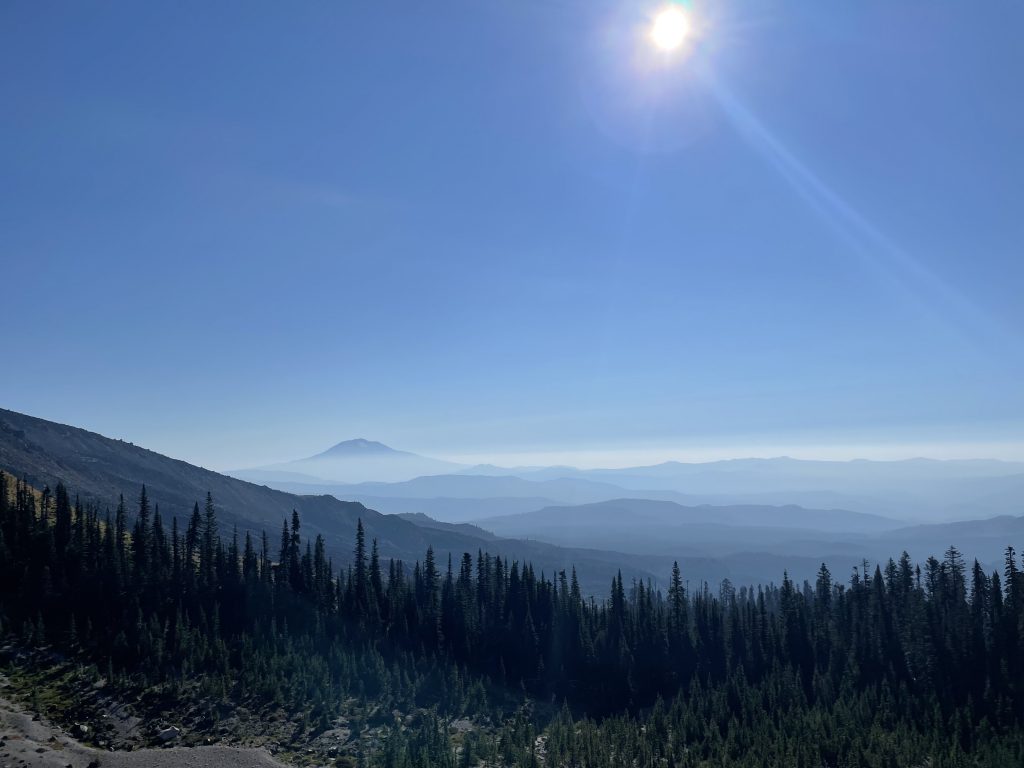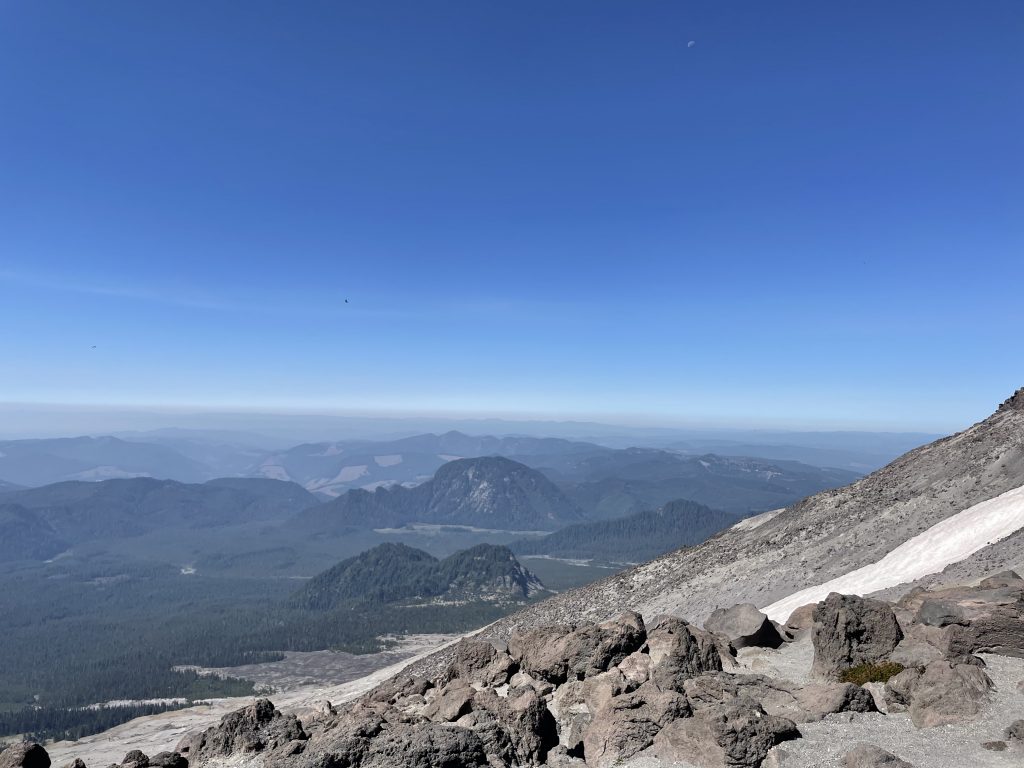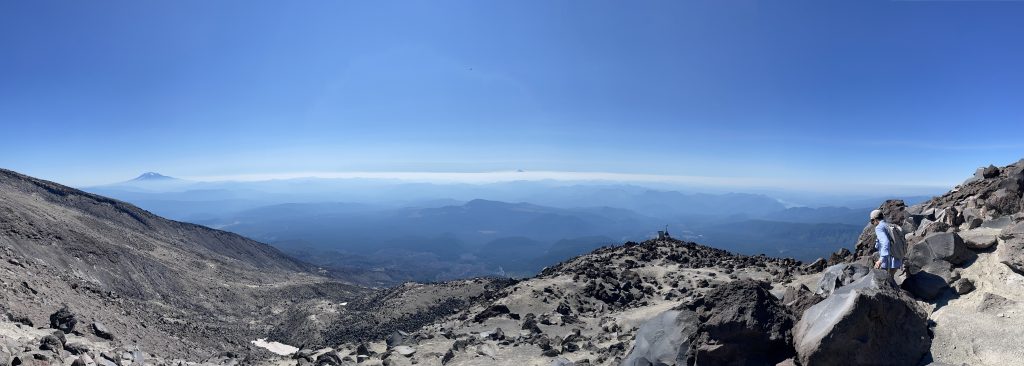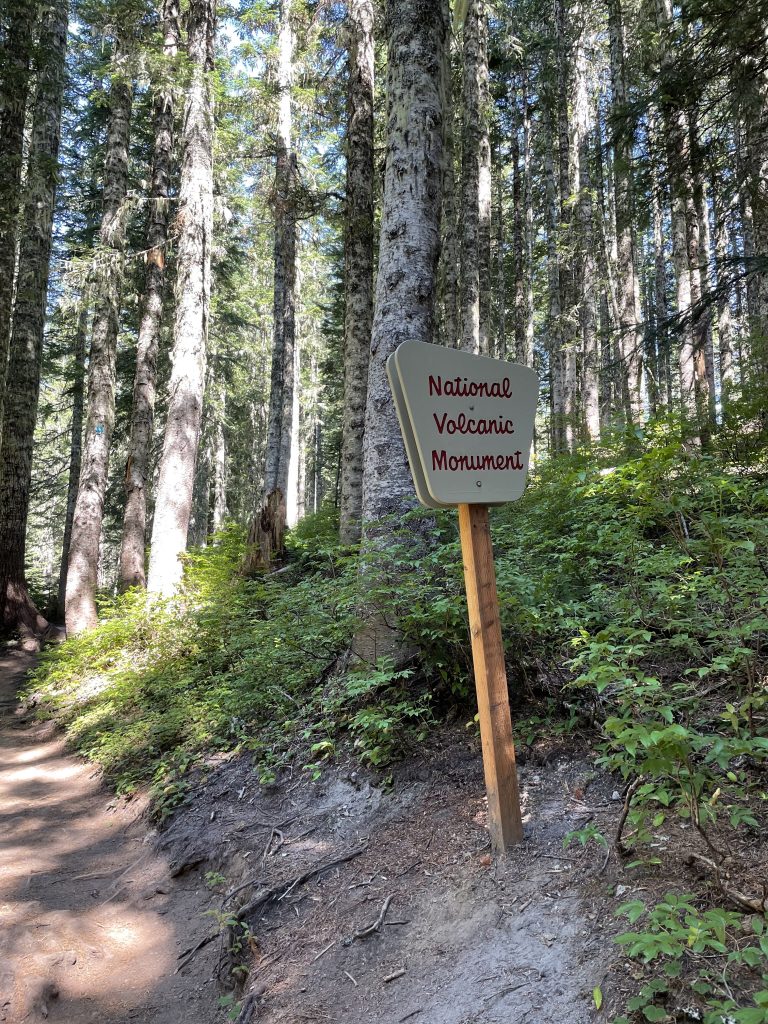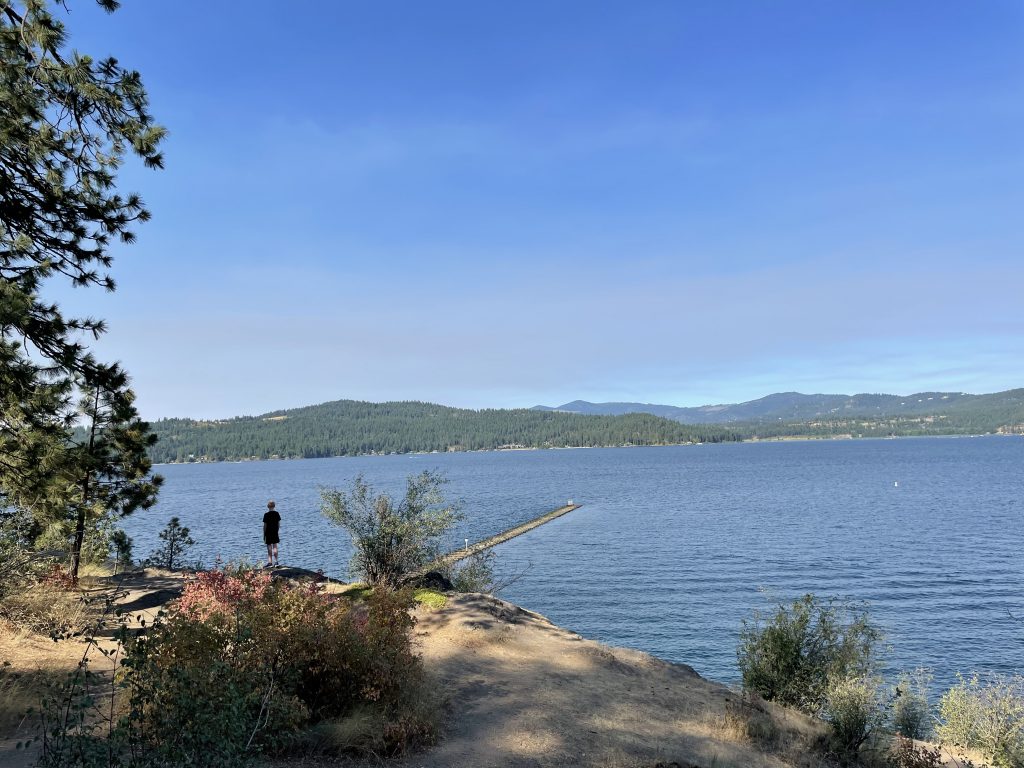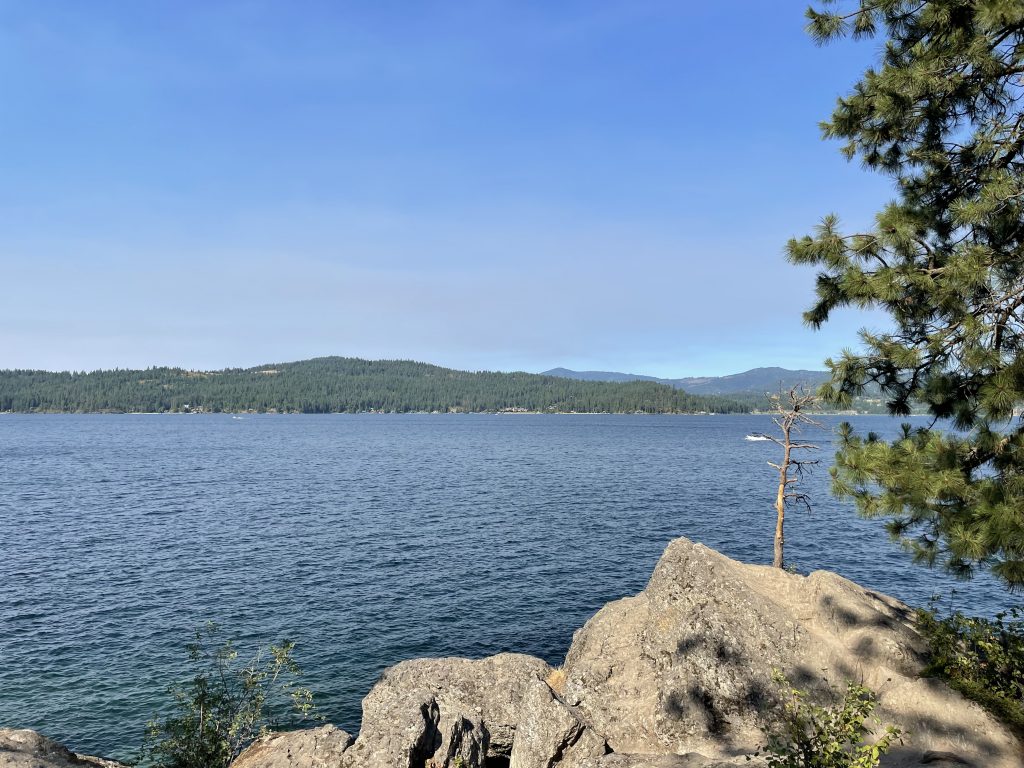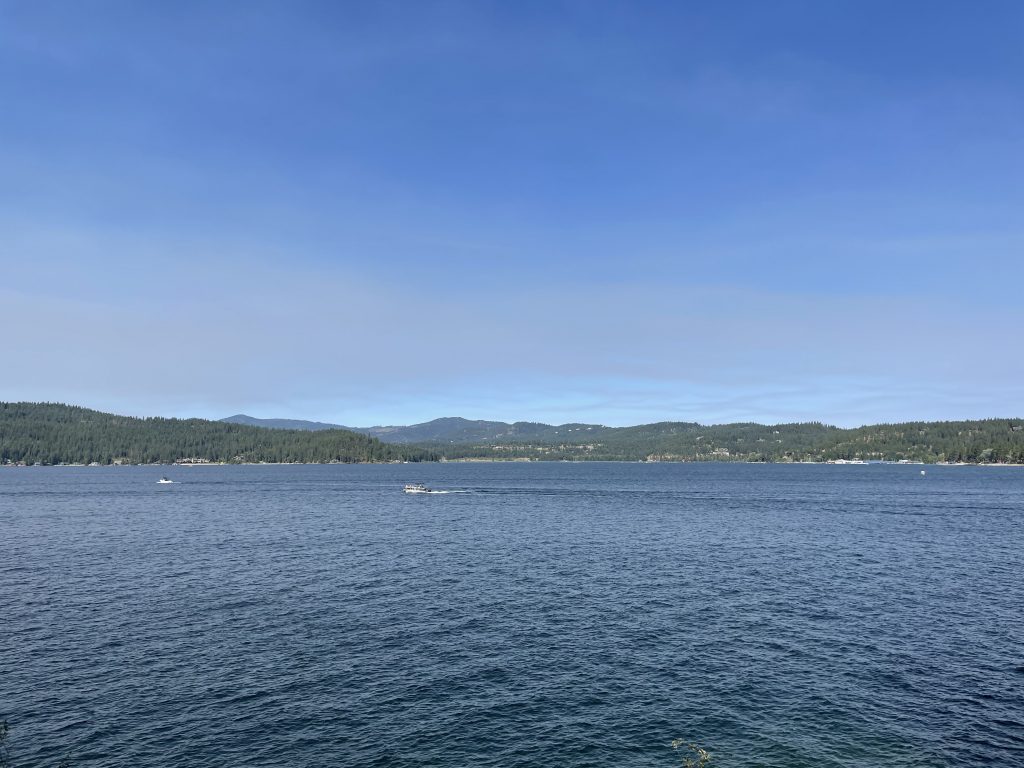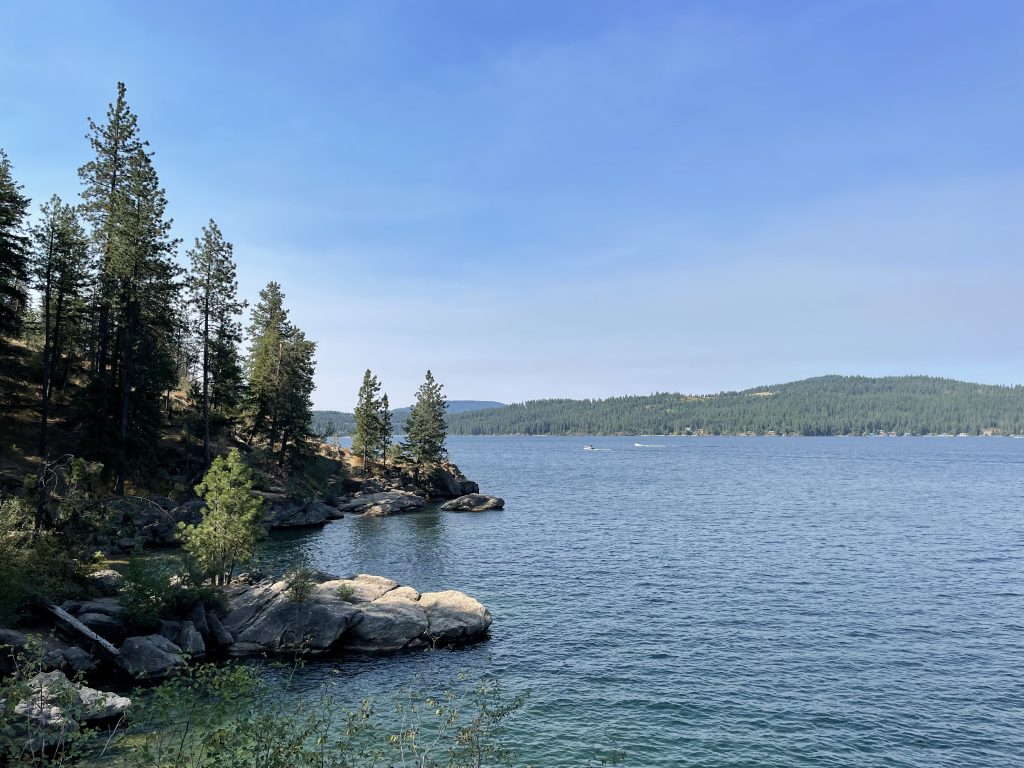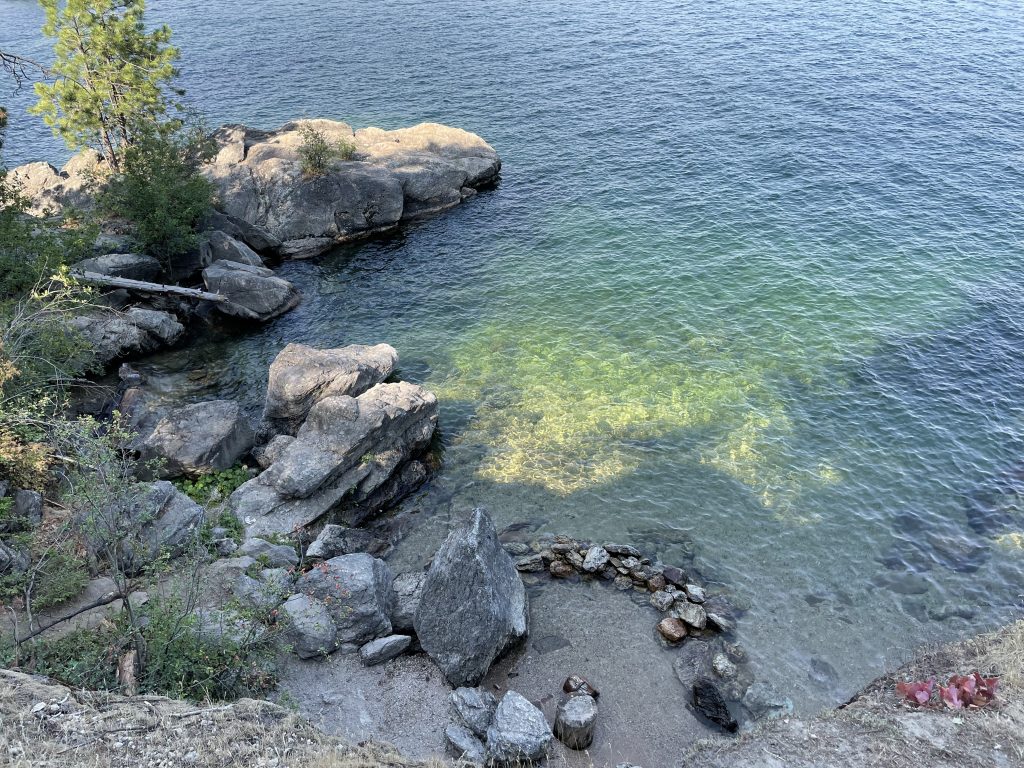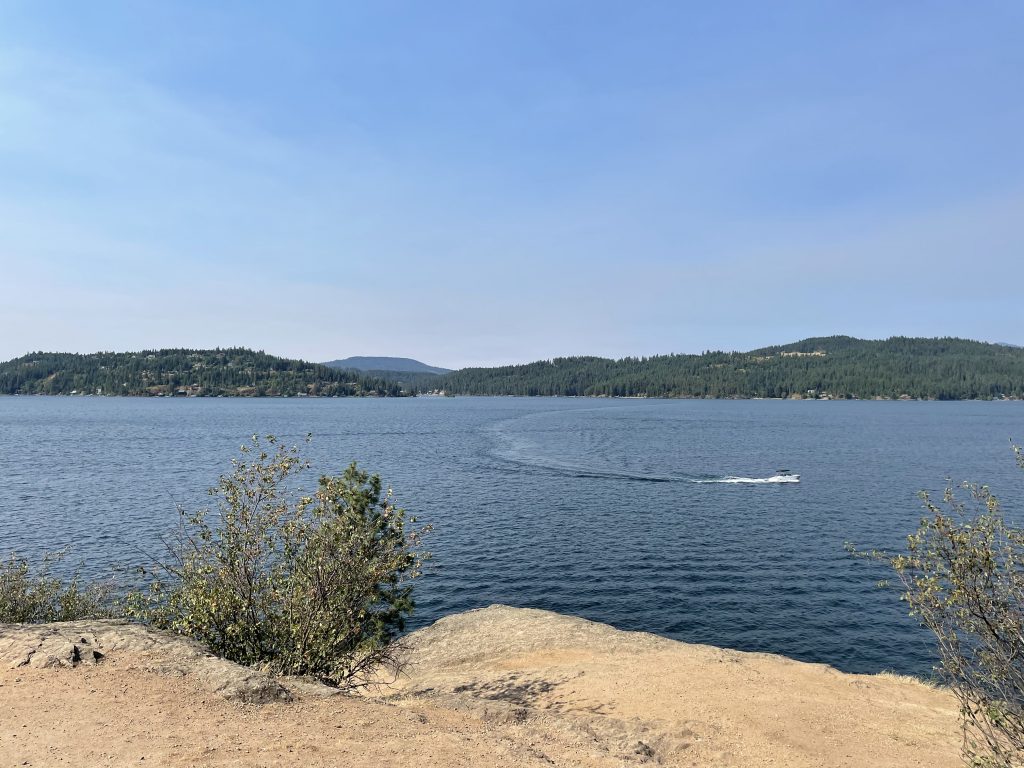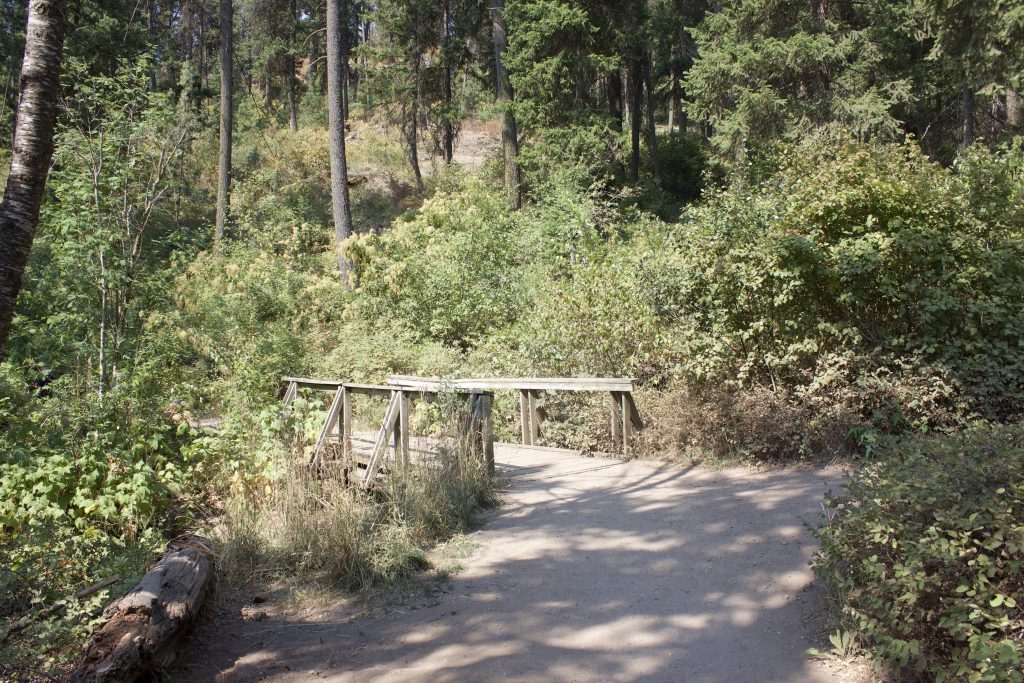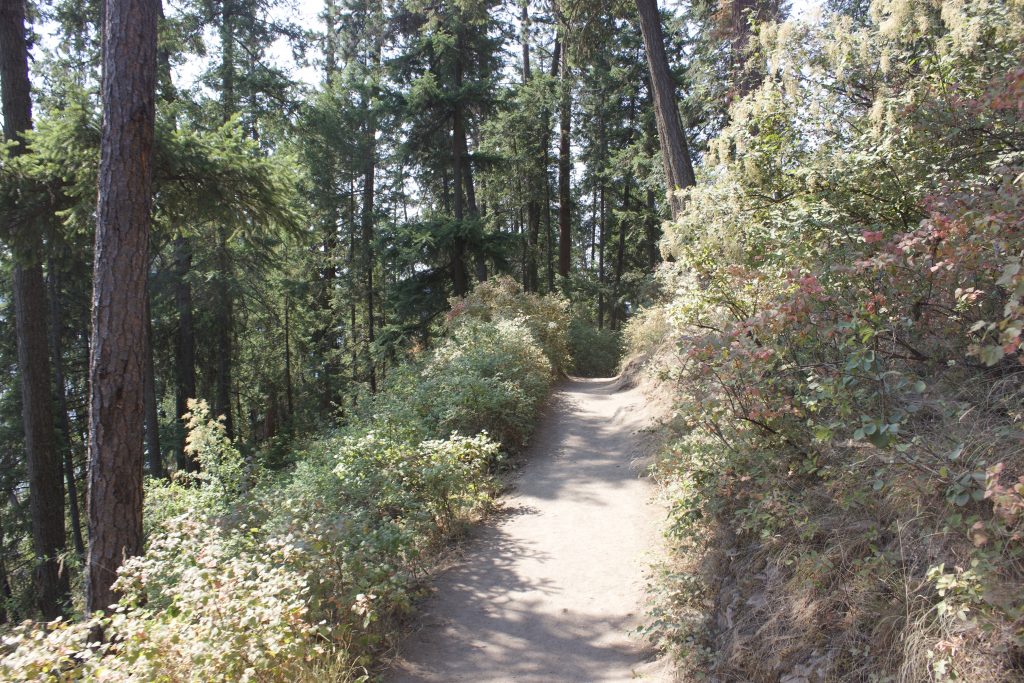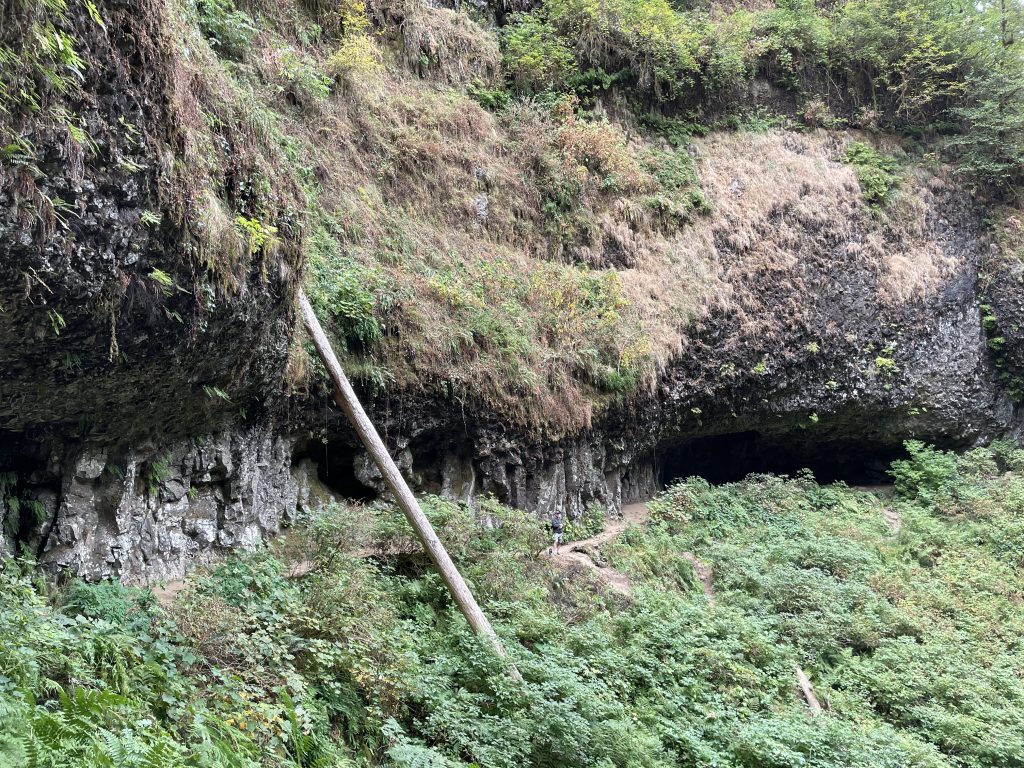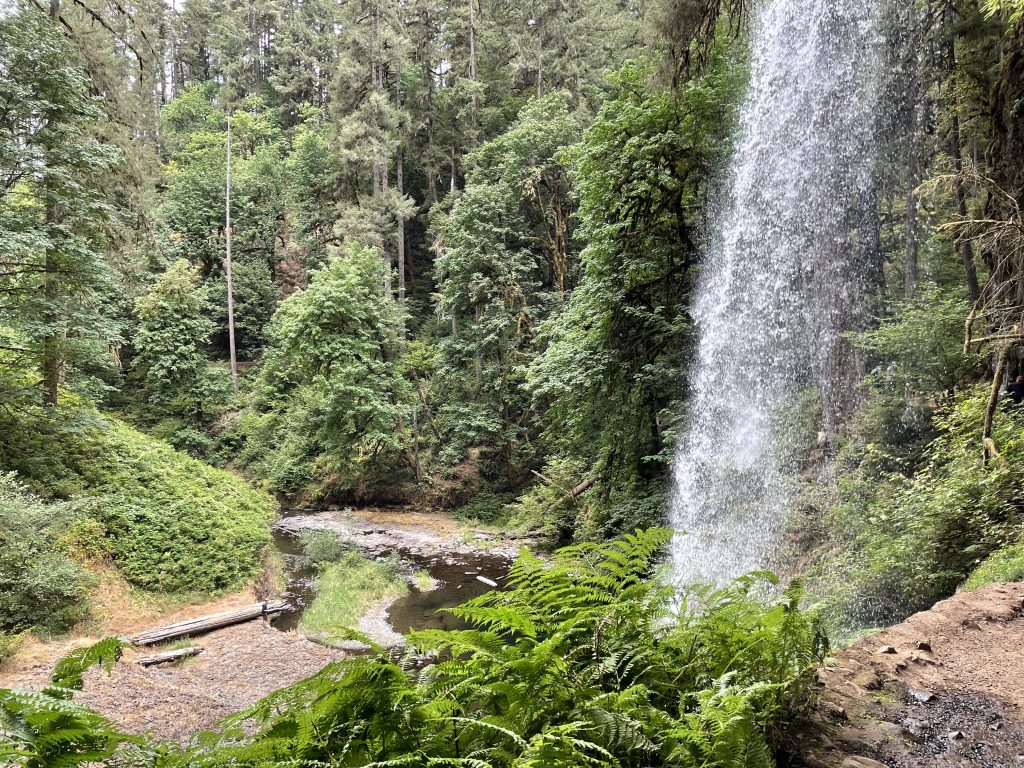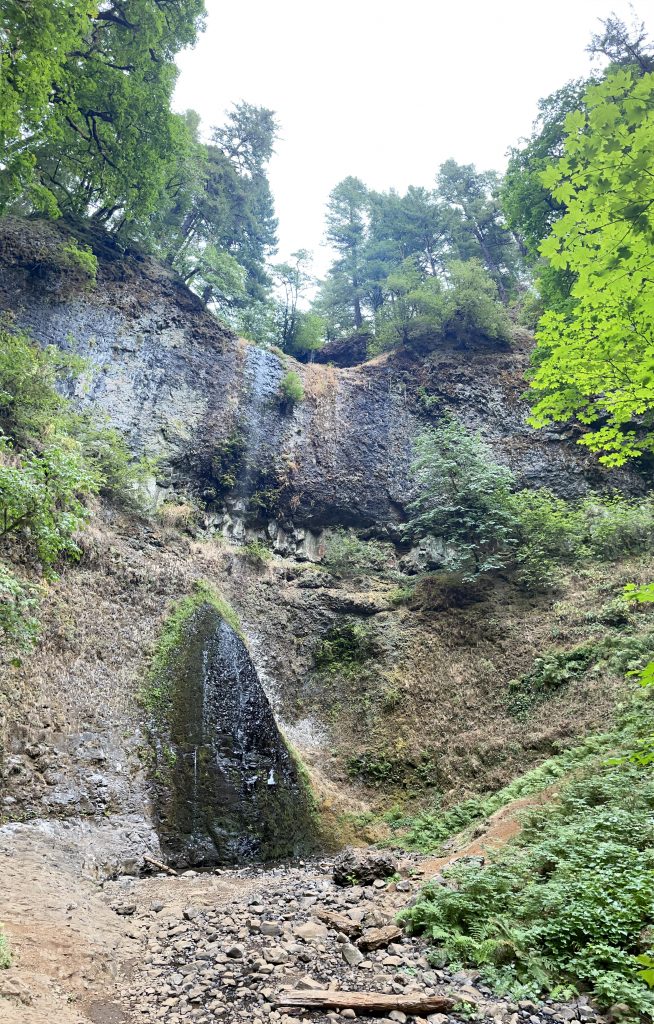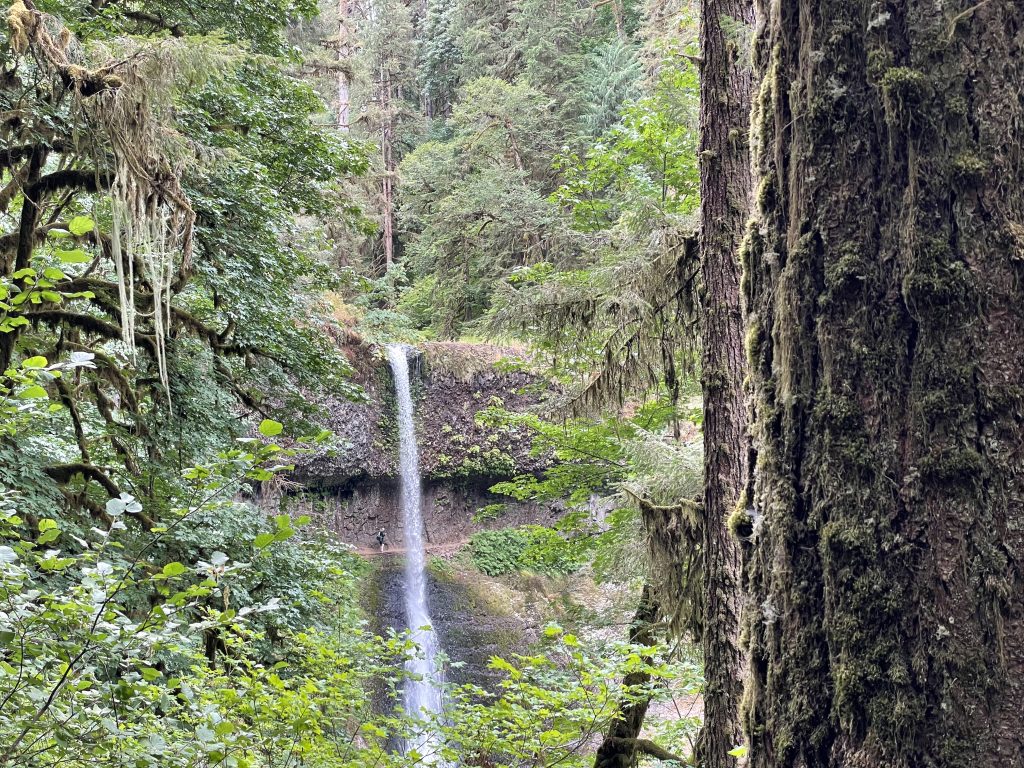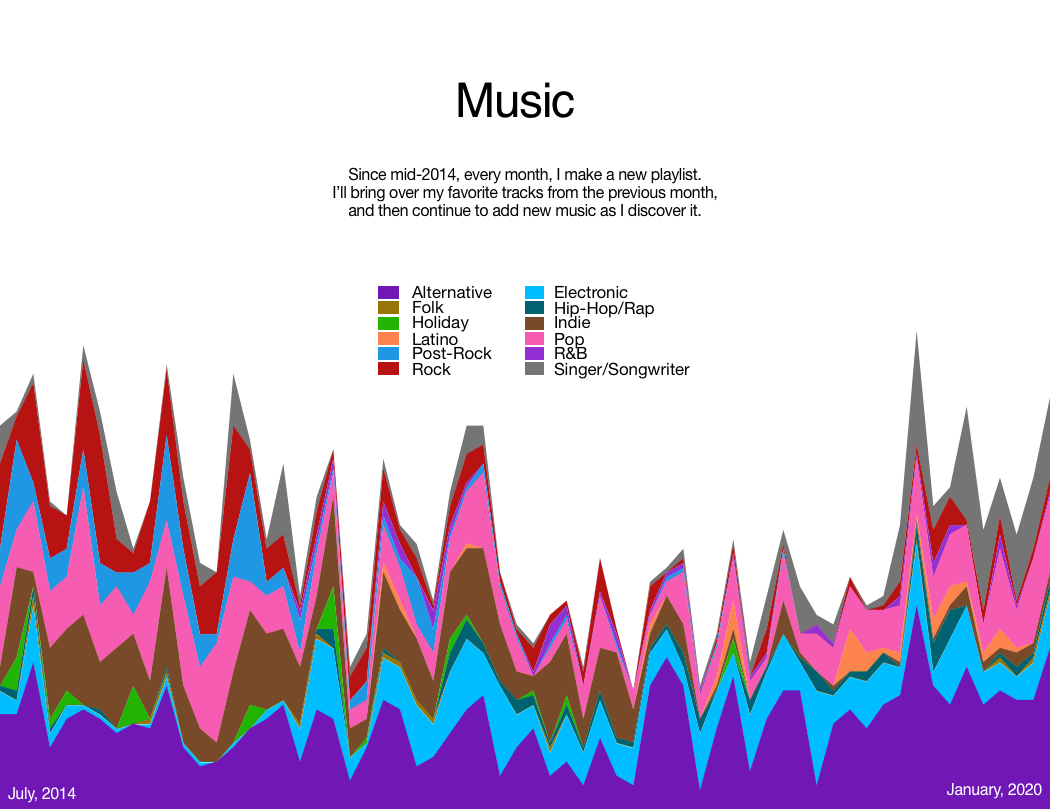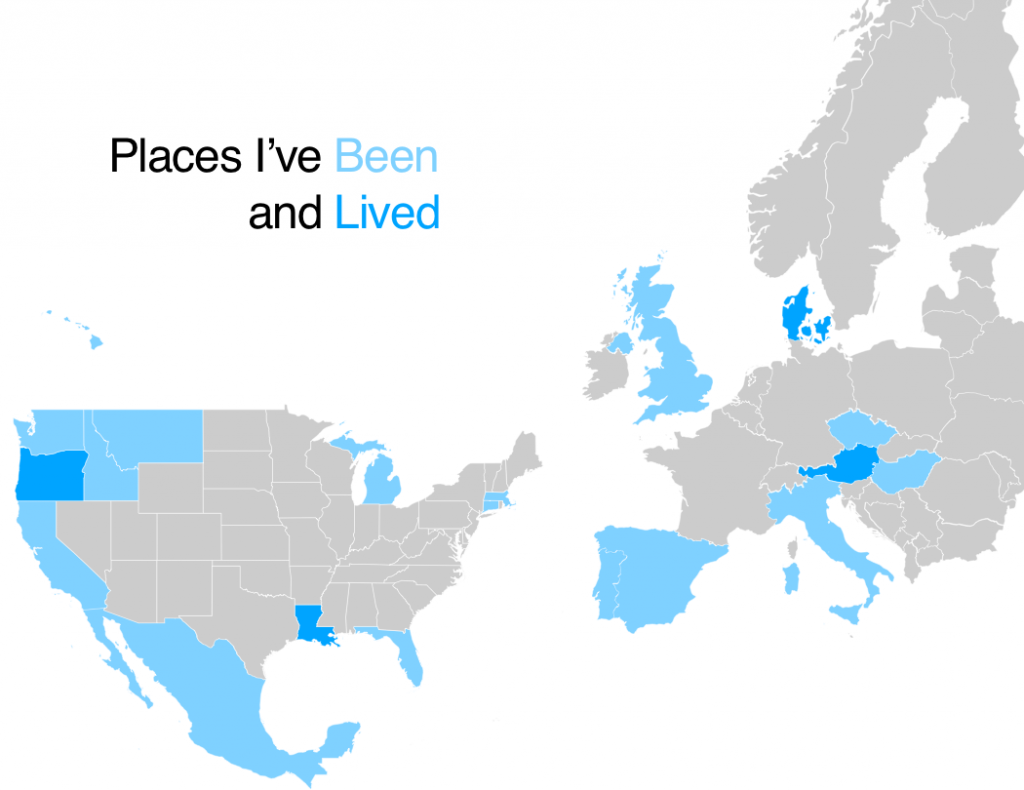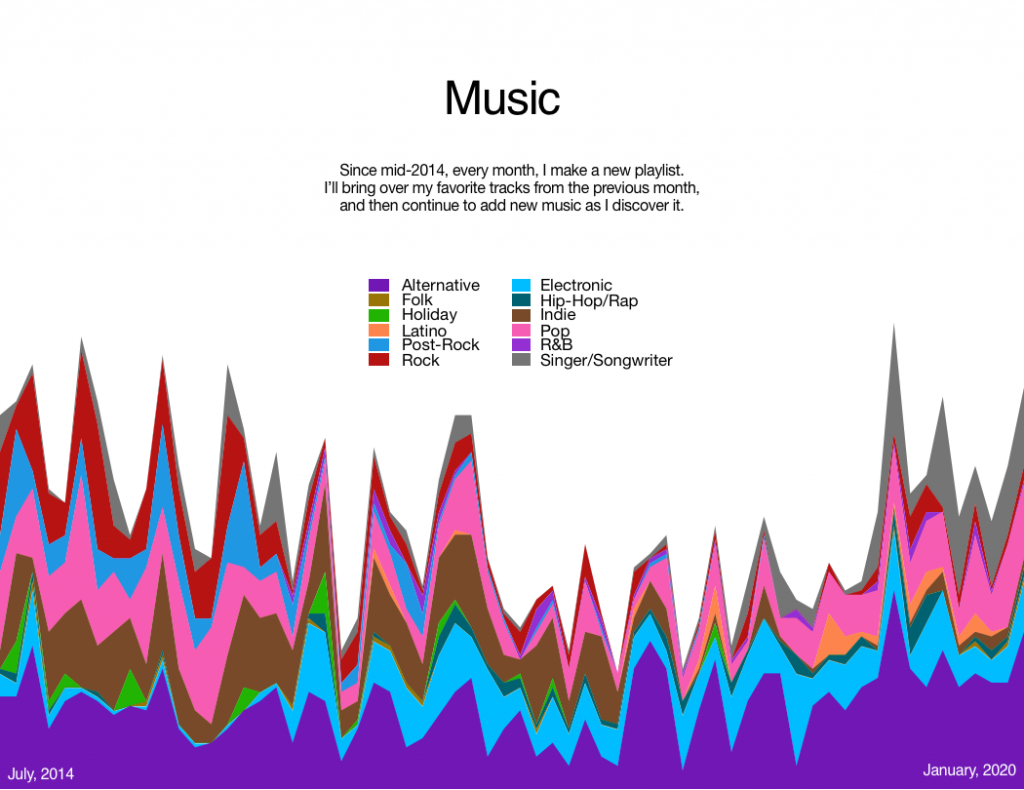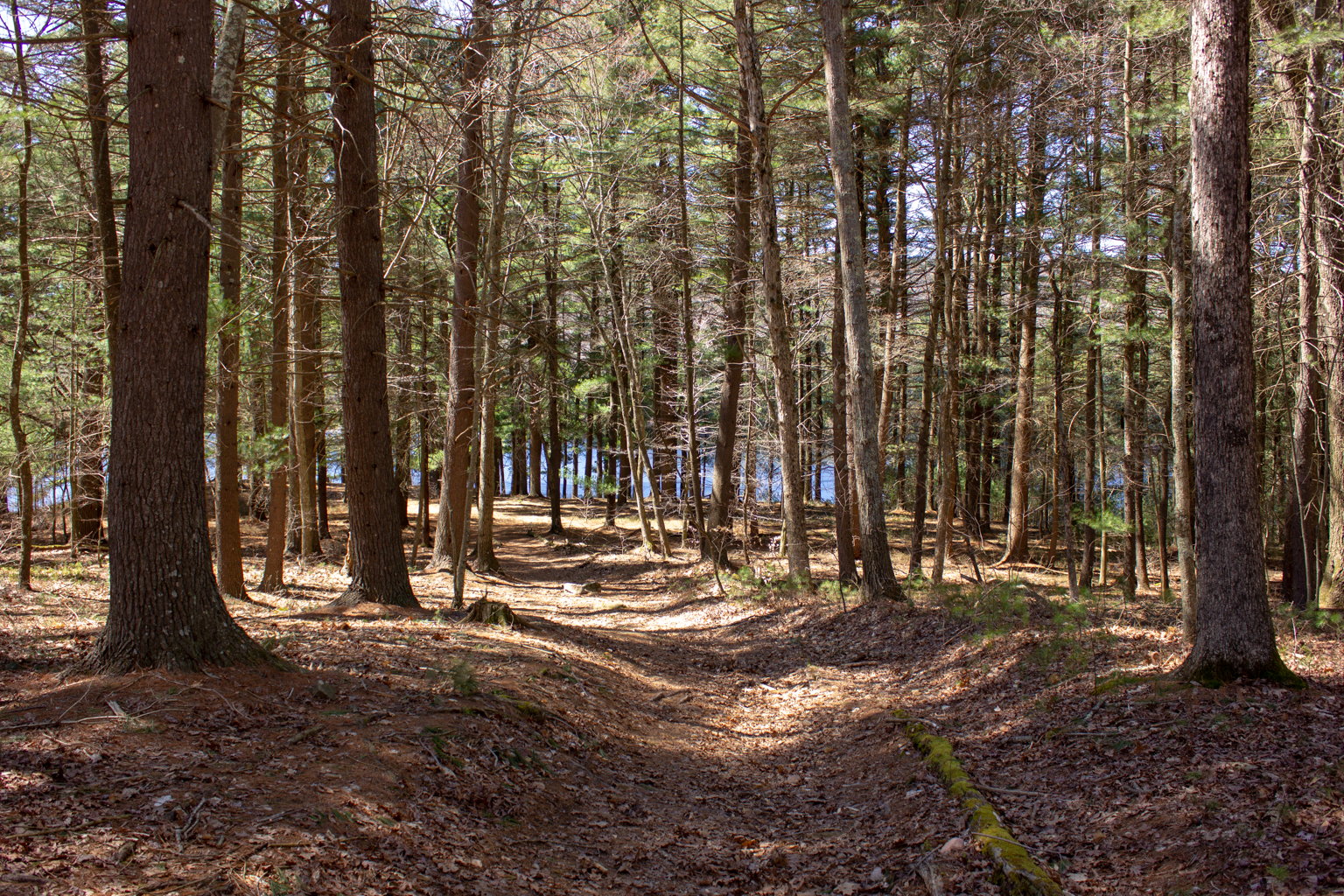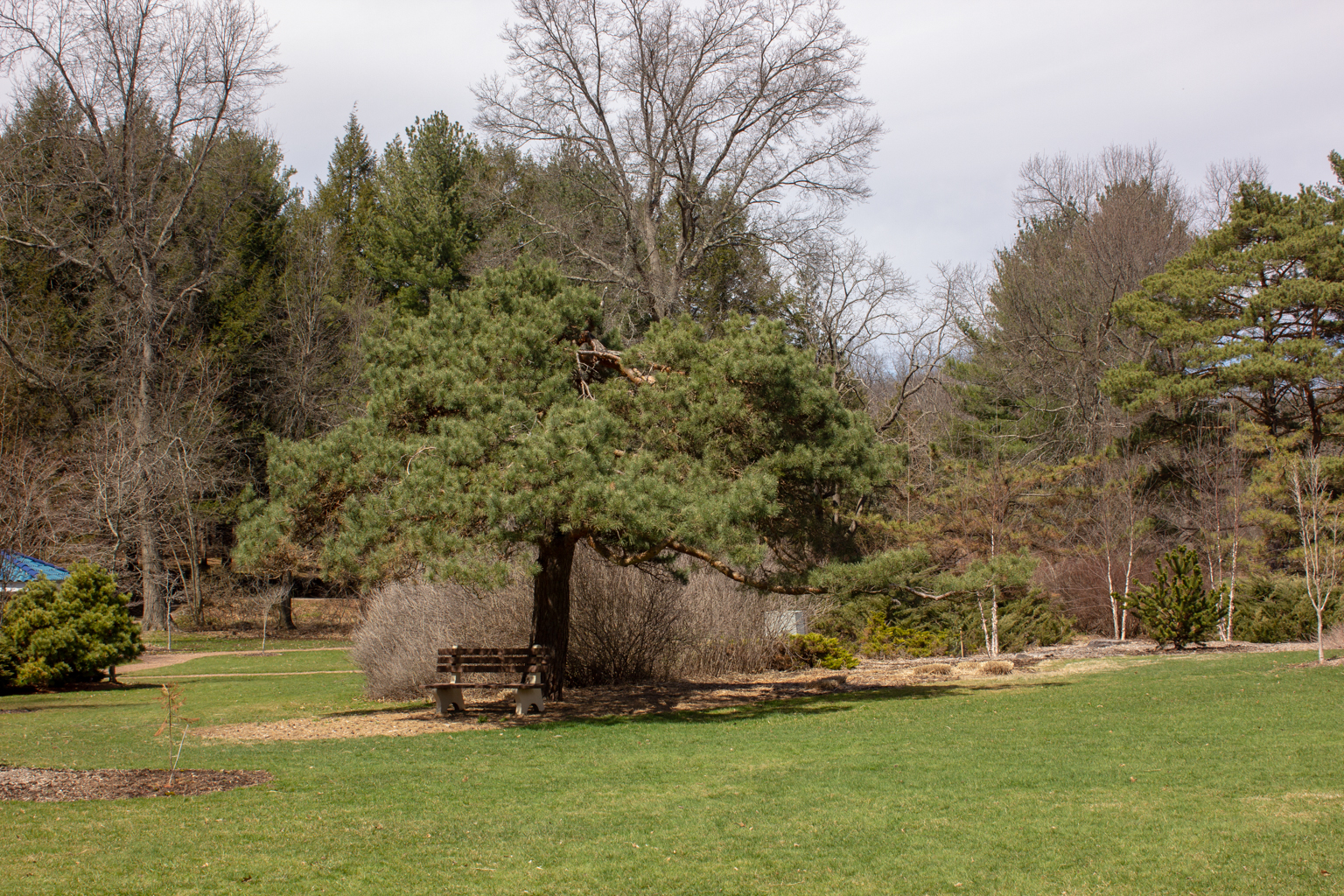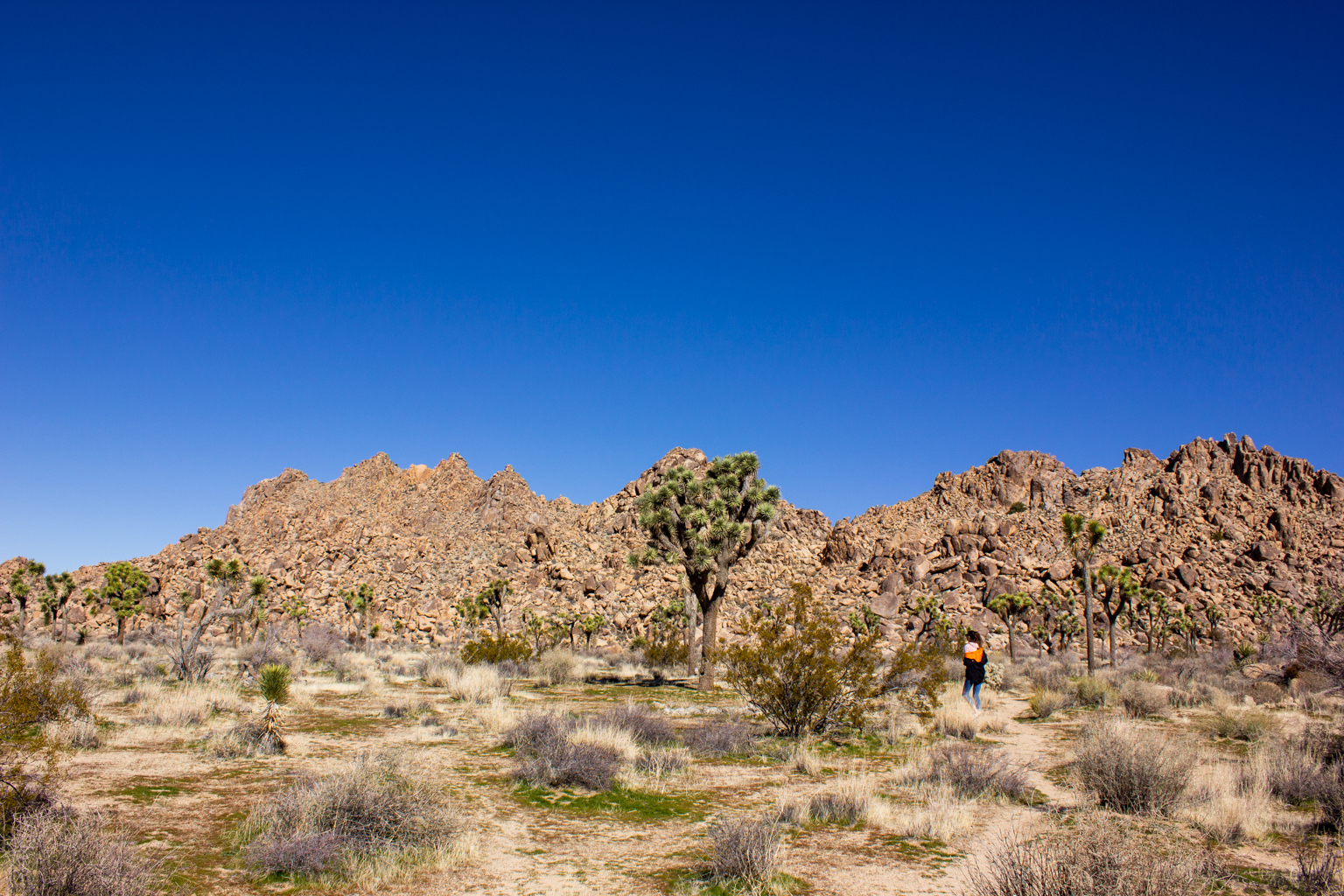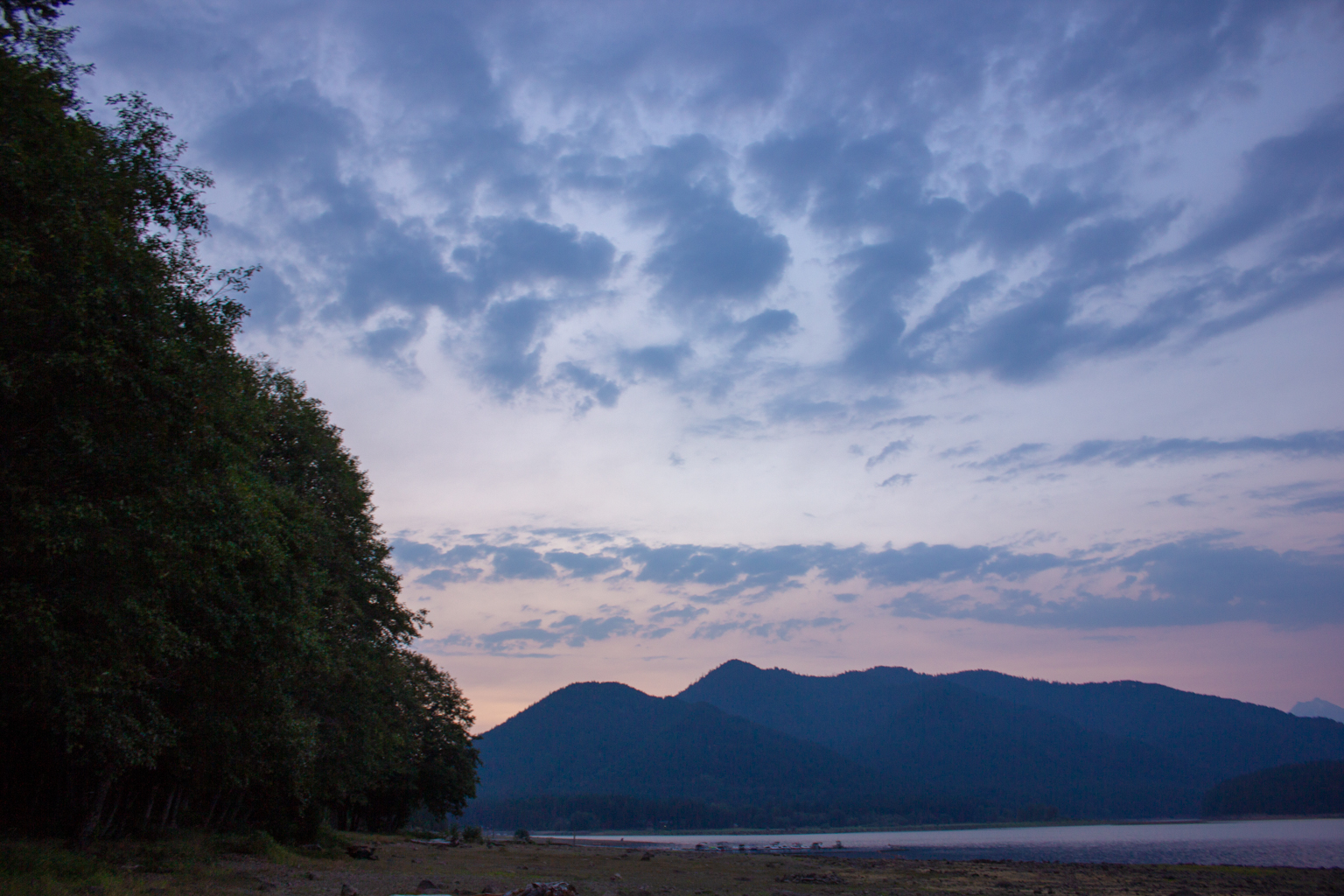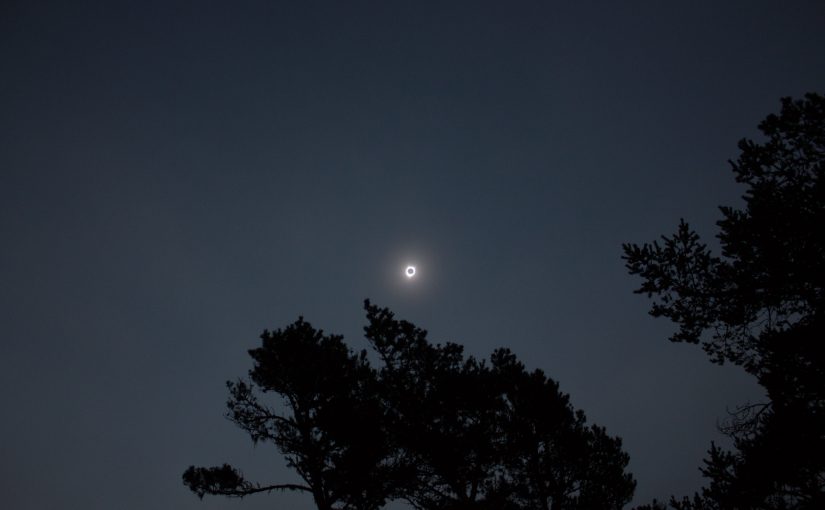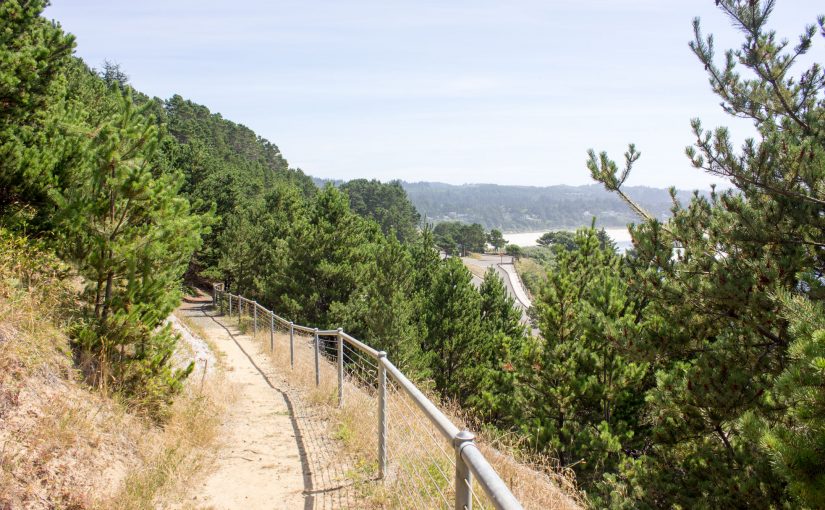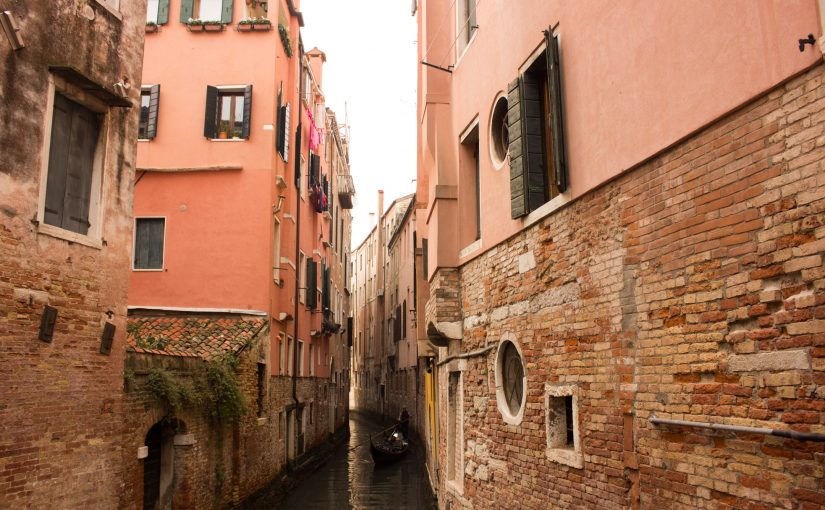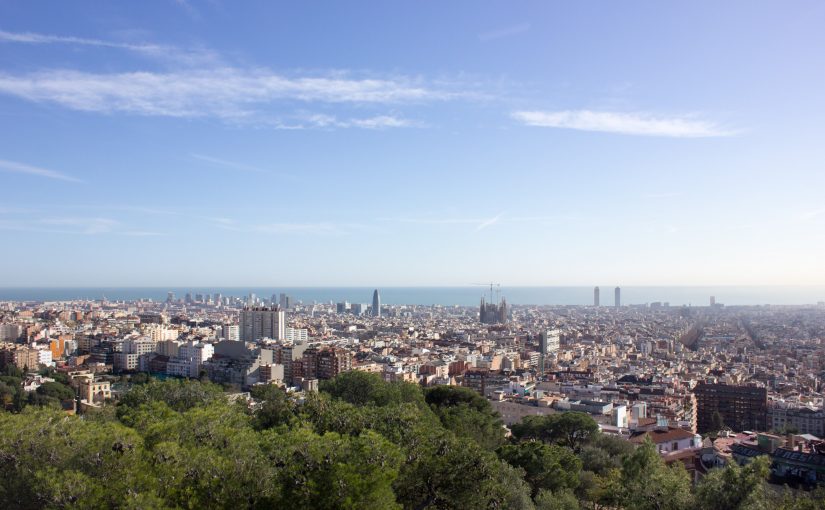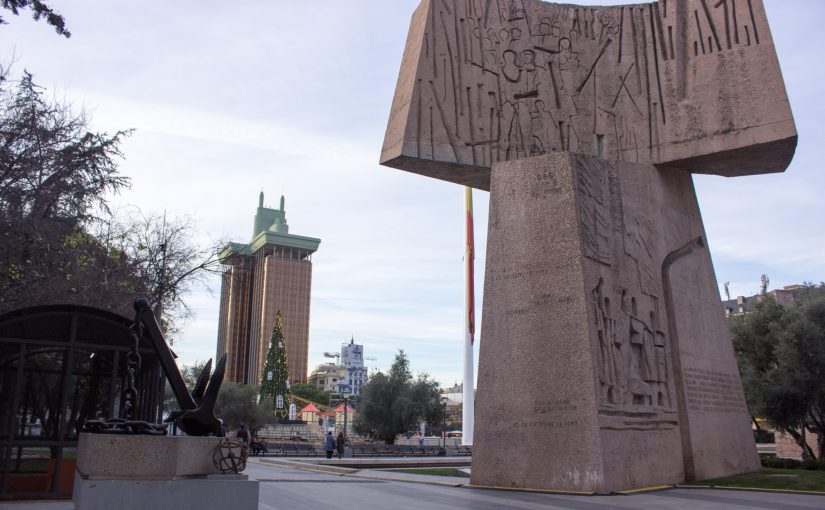Visiting a national park is always cool when you’ve got the opportunity. Virgin Islands National Park is… slightly more out of the way than many of them, but definitely worth checking out.
Getting there involves flying in to St. Thomas in the US Virgin Islands and then taking a ferry over to St. John. The view from the ferry is a pretty good introduction:
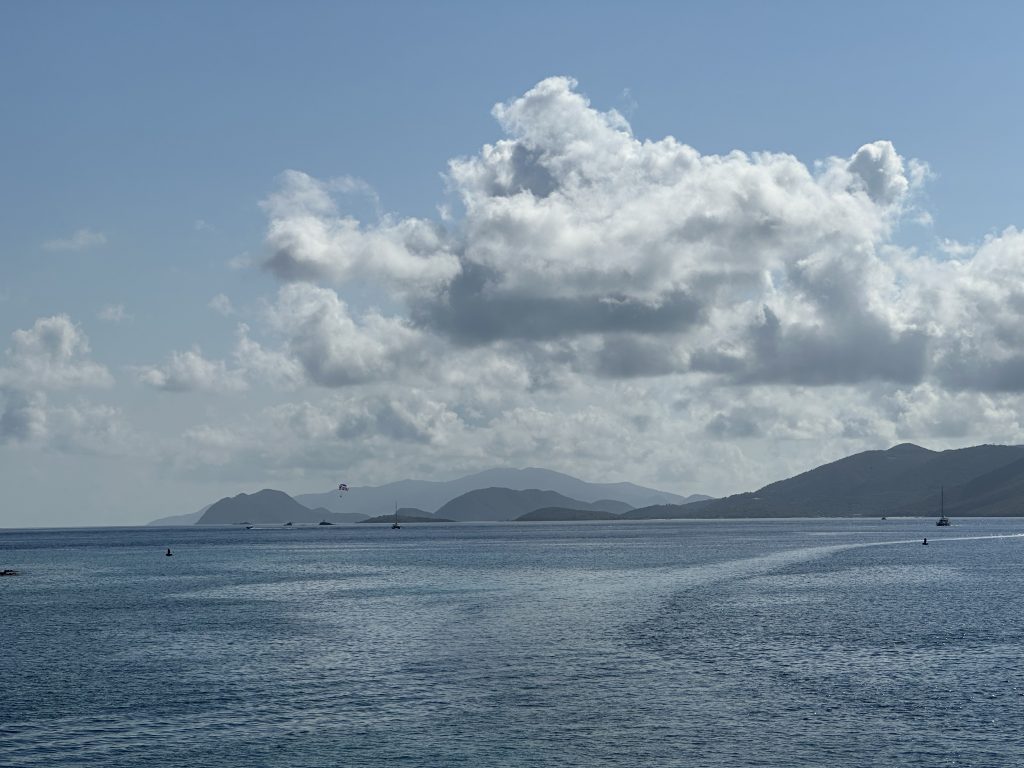
There’s a few options for ferries; if you’ve already rented a car, the Love Island Car Ferry is your best bet, and has a pretty reasonable schedule. Depending on which of their ships you wind up on, it’s worth hopping out after you’ve parked and paid/checked in and going to the upper deck to watch the ride.
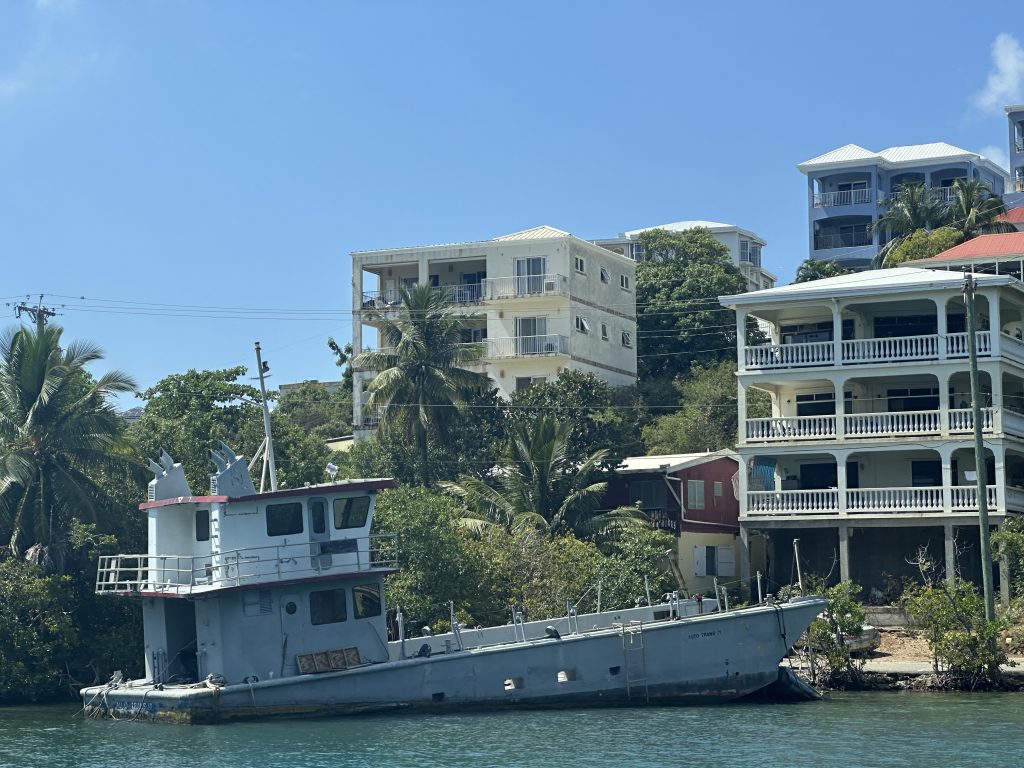
You’ll be dropped off in Cruz Bay, a dense town that doesn’t offer much by way of walkability, but overflows with options to rent… Jeeps, mostly, though there’s a some variety thanks to the Bronco.
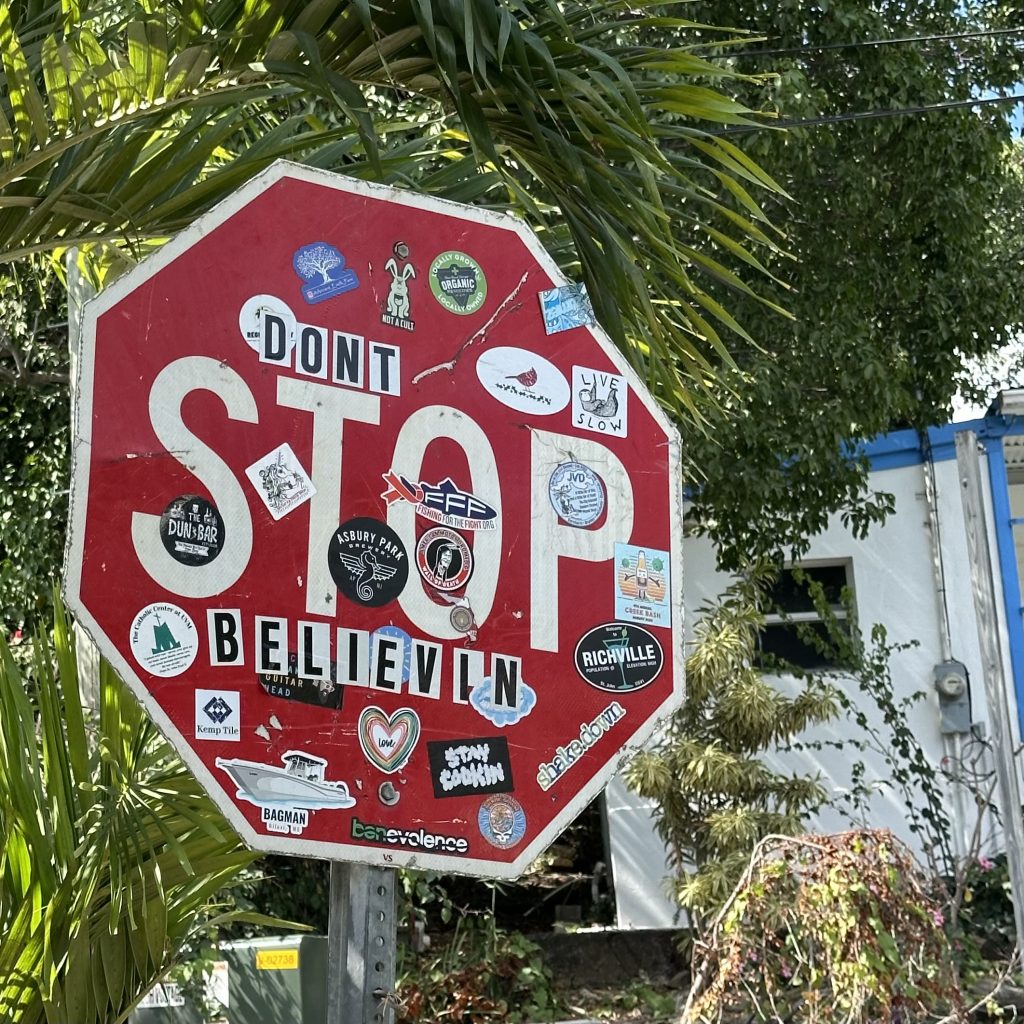
Get into the park, though, and there’s a whole lot to do. We’d hoped to do the Snorkeling Trail at Trunk Bay Beach, but it was packed, and hiking there from a parking lot that wasn’t at capacity seemed like a great way to get heat stroke. Instead, we wound up at Cinnamon Bay.
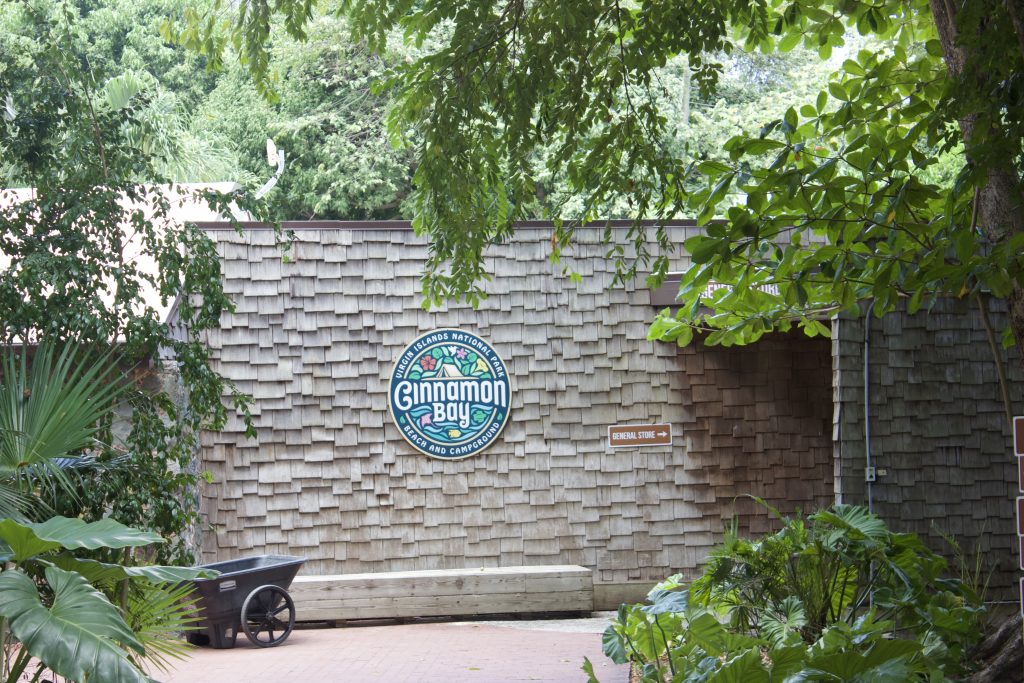
There’s a good setup; a campground, a little restaurant, and, once you walk past the park information signs and some ruins, the beach.
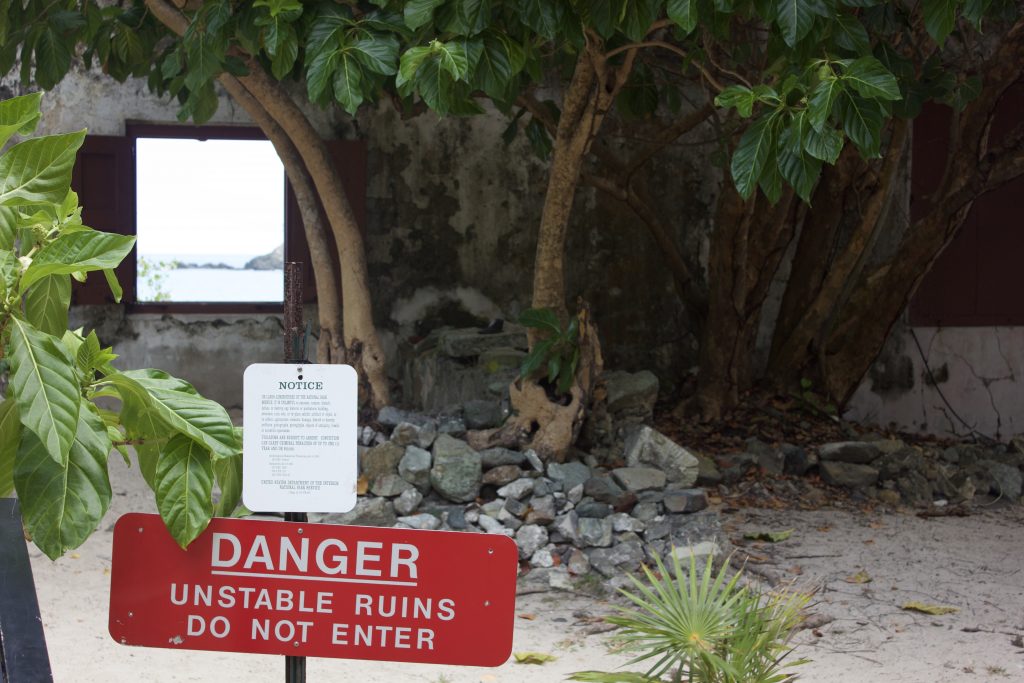
And oh, what a beach! The Caribbean, it’s got some great beaches, who knew? Though there’s no snorkel trail here, it’s still good snorkeling – almost directly out from these ruins, about level with the buoys, there’s a coral reef that’s fun to float around. (Treat the wildlife well, though! Don’t touch anything, don’t step on any coral, and make sure that any sunscreen and/or bug spray you apply is coral-safe.)
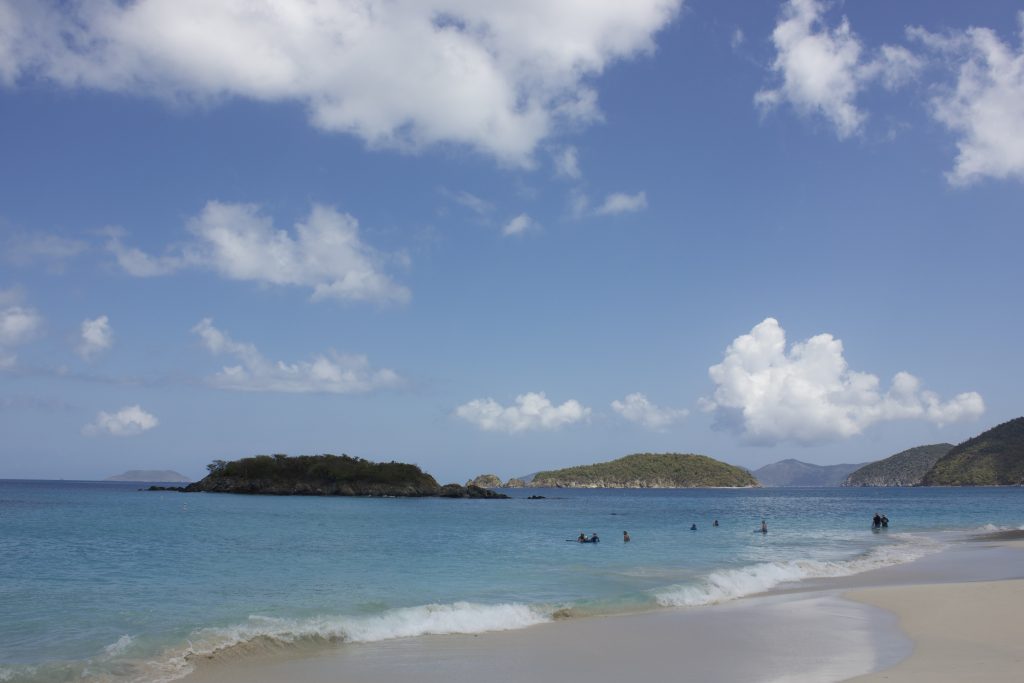
There’s also at least one stingray out there – we spotted him close to that rock formation on the left in the photo above. Sadly, the only “waterproof” camera I own is my phone, and the water resistance of an iPhone is more “you can rinse it off if it gets dirty” than it is “lol spend an hour underwater.”
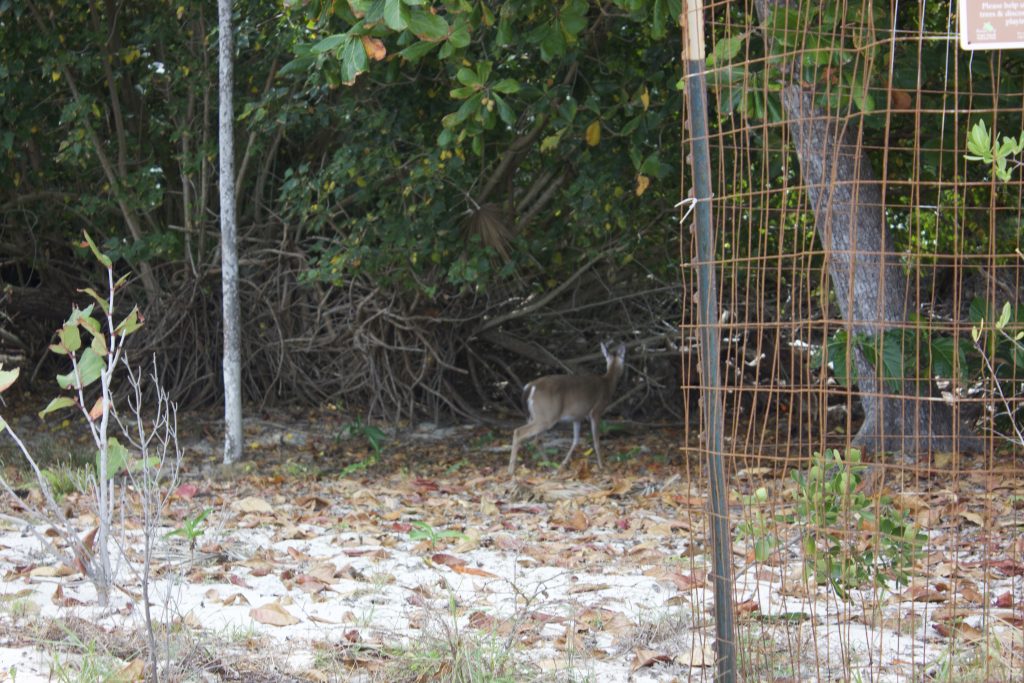
We also spotted some more terrestrial wildlife; a deer stopped to enjoy the view, as well, just a few feet behind where we’d put down our towels on the beach.
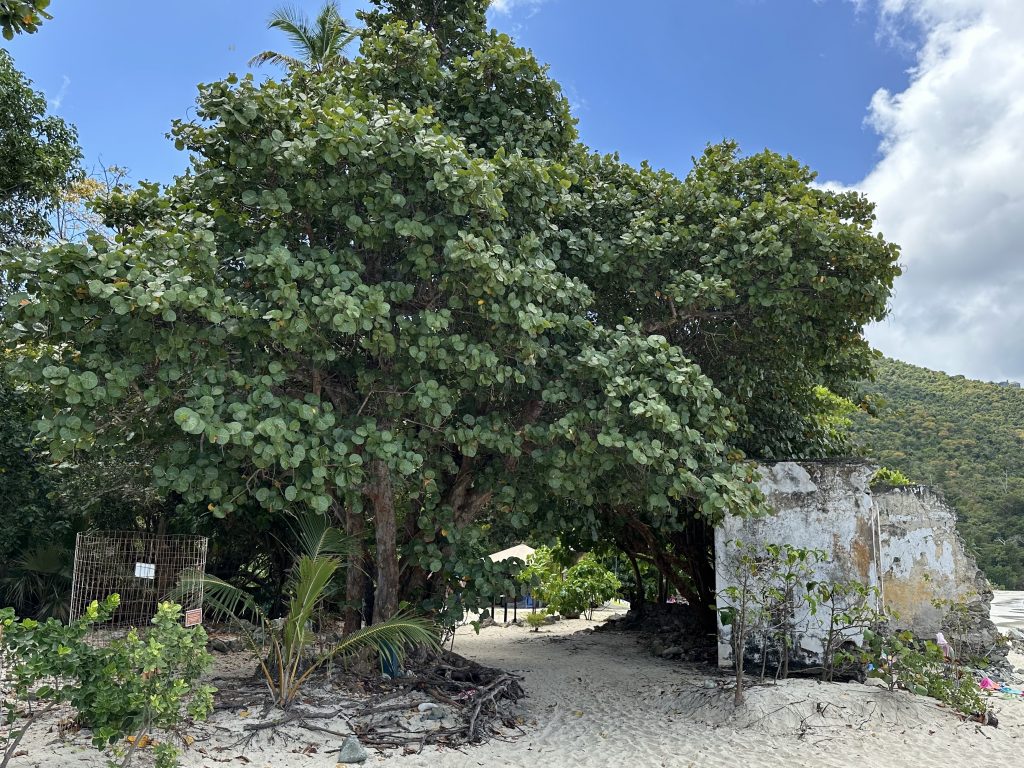
And, of course, what would a photography post of mine be without a picture of an aesthetically-appealing pathway?
